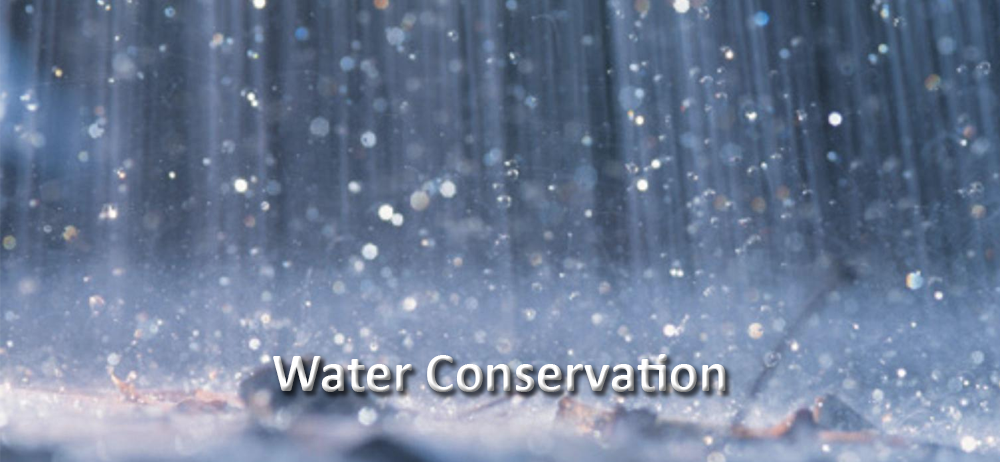Sponsored Post – from NATiVE
There are two fundamental resources that we use in our homes – energy and water. We understand that installing a low-flow faucet saves water. But what if installing LED lighting was just as connected to water conservation? And what if the low-flow faucet saved electricity and cut carbon emissions?
As it turns out, water and energy are highly intertwined. Producing energy requires water and providing clean water requires energy. Both of these processes are being more and more constrained by environmental limitations. Gas- and coal- fired power generators in Texas use over 595,000 megaliters of water each year to produce steam and provide process cooling. That is enough water to supply the annual needs of all the inhabitants of Dallas, Fort Worth, and Austin combined – or roughly three million people. Additionally, the water and wastewater treatment needs of each Texan requires enough electricity for about 100,000 people a year.* Because of the strong link between energy and water, problems for one create problems for the other. Fortunately though, the opposite is also true: when we find a solution for reducing the usage of one resource, then we also reduce the need for the other.
Over the next 50 years the population of Texas is expected to double. There are already places in Texas that are experiencing water shortages and energy constraints. At NATiVE we understand that building a better home needs to address not just energy consumption but water consumption as well.
We often talk about energy efficiency, solar, and LED lighting. But the other half of the equation is how we approach water usage. Most homeowners in our area rely on either groundwater or surface water reservoirs for their water supply, but these water sources offer no planning or insight into water reserves. With the growing pressures of rapid population growth and long term drought predictions, we do not see these as long-term, sustainable water sources for our clients.
 That is why NATiVE incorporates rainwater catchment systems with our homes. Rainwater harvesting is not a new idea to most Texans. Many early homes and ranches in Texas had rainwater cisterns, but the practice began to fall out of favor as modern municipal supply systems and better well drilling technologies developed. But now the pendulum is swinging the other way. Rainwater harvesting is gaining in popularity, and it gives homeowners more control over their water supply. We design our rainwater systems to handle worst case scenarios through modeling software. This allows the owner to operate on water reserves during extended drought conditions.
That is why NATiVE incorporates rainwater catchment systems with our homes. Rainwater harvesting is not a new idea to most Texans. Many early homes and ranches in Texas had rainwater cisterns, but the practice began to fall out of favor as modern municipal supply systems and better well drilling technologies developed. But now the pendulum is swinging the other way. Rainwater harvesting is gaining in popularity, and it gives homeowners more control over their water supply. We design our rainwater systems to handle worst case scenarios through modeling software. This allows the owner to operate on water reserves during extended drought conditions.
The additional benefits of rainwater should not be underestimated. Time and time again we hear from NATiVE customers that they love their whole house potable rainwater systems. They enjoy the drinking water quality so much they pack it with them on vacation. They rave about the soft water while bathing and the longevity of their appliances due to the lack of hard mineral content.

*References:
A.S. Stillwell, C.W. King, M.E. Webber, I. J. Duncan and A. Hardberger, “The Energy-Water Nexus in Texas,” Ecology and Society (Special Feature: The Energy-Water Nexus: Managing the Links between Energy and Water for a Sustainable Future) 16 (1): 2 (20pp) (2011).



